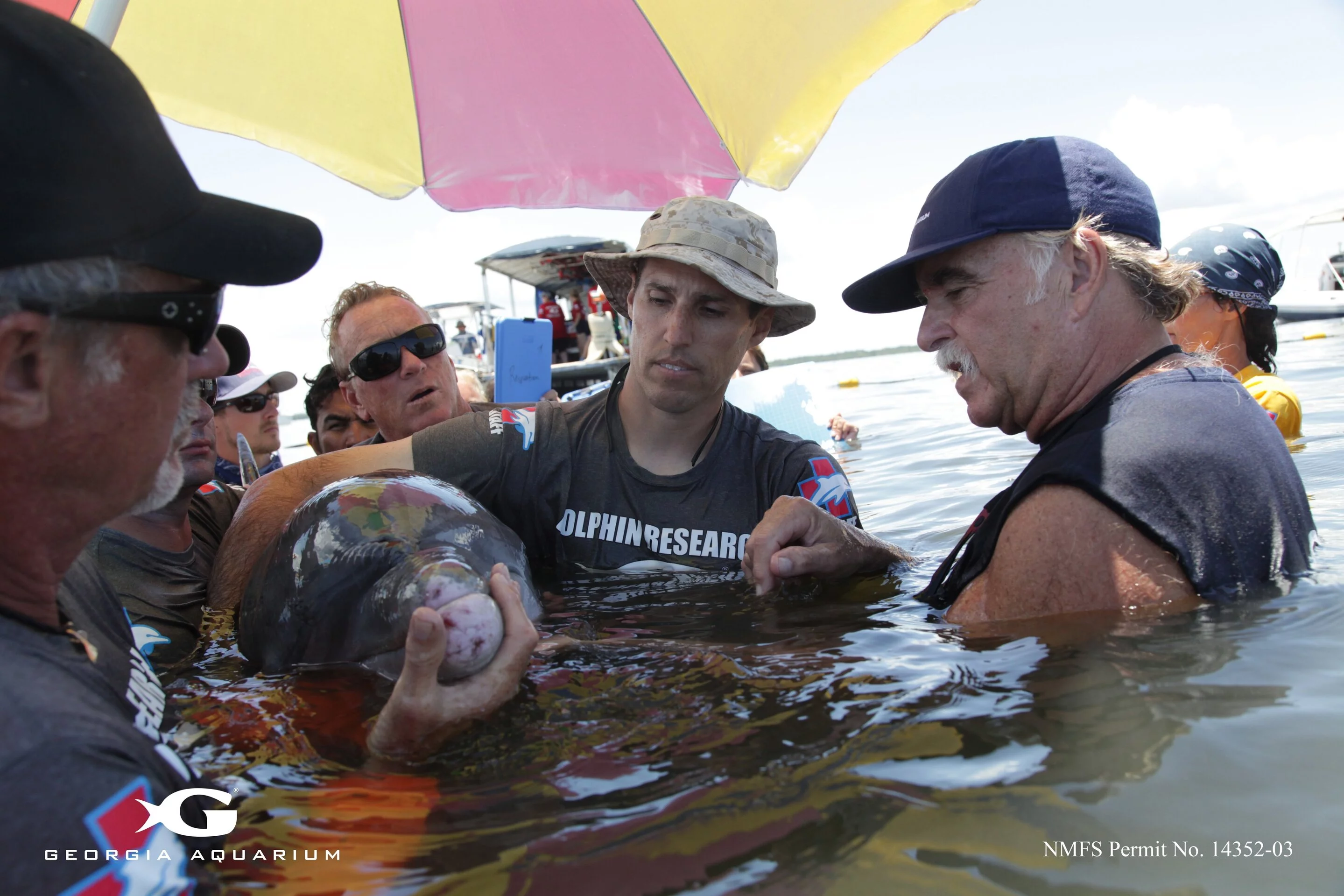One of the most pressing problems in healthcare currently is the rise of antibiotic-resistant bacteria, which if left unchecked will make basic infections lethal once again. But this issue may not be limited to humans, either. A new long-term study has found high levels of antibiotic-resistant bacteria in wild dolphins, and those levels have been growing over the last decade.
The study was conducted between 2003 and 2015, on wild dolphins found in the Indian River Lagoon in Florida. During that time, researchers isolated 733 different strains of bacteria from 171 bottlenose dolphins, capturing and releasing the animals without harm. A multiple antibiotic resistance (MAR) index was then taken for each pathogen, which measures how many drugs a particular bacterium is resistant to.
The results were worrying. Overall, 88.2 percent of the 733 bacteria types were resistant to at least one antibiotic. Of those, 91.6 percent were resistant to erythromycin, 77.3 percent resisted ampicillin and 61.7 percent were resistant to cephalothin. Worse still, these resistances became much more common over the 13-year study period.

The team says that this upward trend looks similar to what’s happening in humans, particularly in hospitals. That’s not entirely surprising: the area around Indian River Lagoon is heavily populated by people, so antibiotics and bacteria that are already resistant to them are likely washing into the waters.
"In 2009, we reported a high prevalence of antibiotic resistance in wild dolphins, which was unexpected," says Adam Schaefer, lead author of the study. ”Since then, we have been tracking changes over time and have found a significant increase in antibiotic resistance in isolates from these animals. This trend mirrors reports from human health care settings. Based on our findings, it is likely that these isolates from dolphins originated from a source where antibiotics are regularly used, potentially entering the marine environment through human activities or discharges from terrestrial sources."
This study serves to show just how widespread superbugs are in environments that you might not expect, and how they affect other animals. Most superbug infections are caught in hospitals, but increasingly the risk is spreading to other places. After all, recent studies have found that swimming in the ocean raises the risk of certain illnesses, likely due to pollution – and surfers in particular may be swallowing more superbugs.
The study was conducted by researchers at Florida Atlantic University, Georgia Aquarium, the Medical University of South Carolina and Colorado State University, and the research was published in the journal Aquatic Mammals.
Source: Florida Atlantic University via Phys.org





